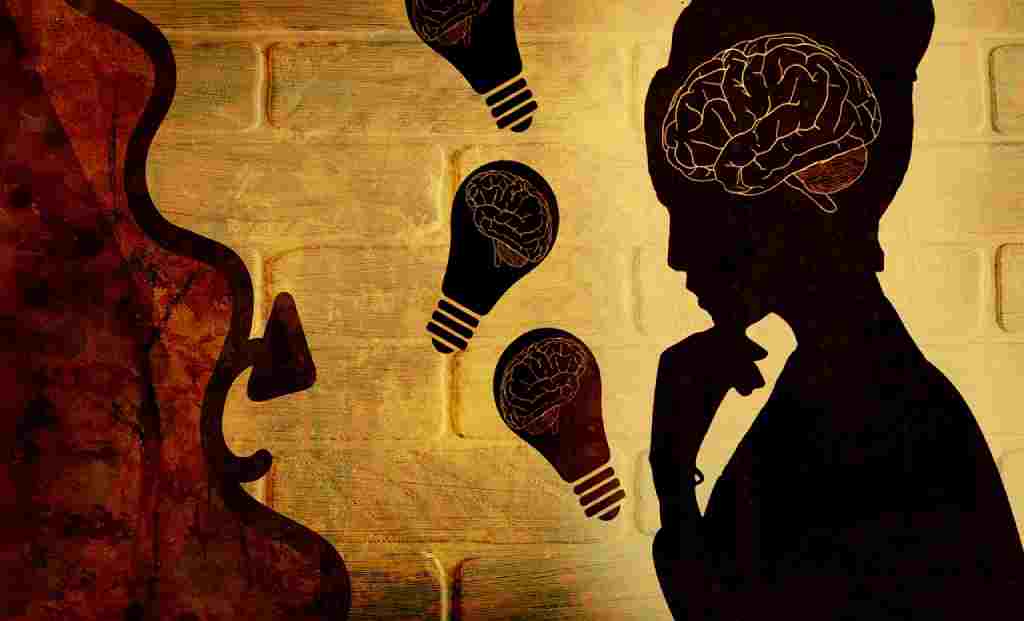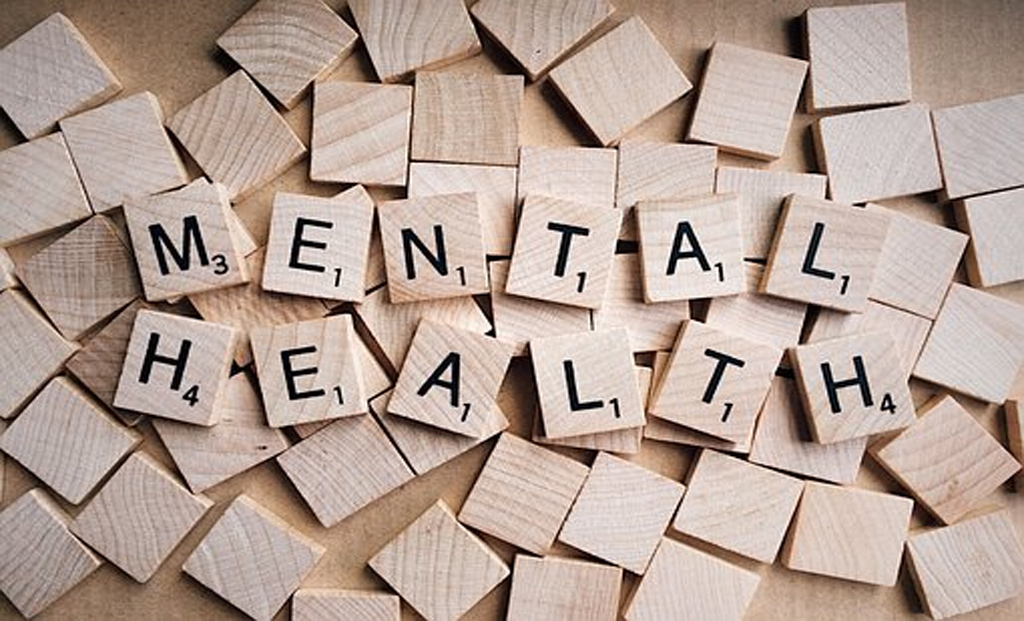 By: Dr Ekta Soni – Chief Clinical Psychologist, Indraprastha Apollo Hospitals
By: Dr Ekta Soni – Chief Clinical Psychologist, Indraprastha Apollo Hospitals
Social media undoubtedly offers huge benefits for society by providing access and connection to people, services, information and opportunities that would earlier not have been possible. Social media has become a mainstay of popular culture, particularly among millennial. In light of the present pandemic, mental health conditions are found to be connected with the amount of social media exposure. Evidences are developing, particularly in adolescent mental health, of an association between greater social media use and higher depressive and anxiety scores, poor sleep, low self-esteem and body image concerns.
The Digital Age of Vulnerability
The earlier teens start using social media, the greater impact the platforms have on their mental health. This is especially true for females. Females generally express their emotions on social media by relationally excluding others and sharing hurtful comments. On the other hand, teen males tend to express aggression physically. Social media can potentially increases the opportunity for such harmful interactions.
ALSO READ | World Mental Health Day: Private Sector Employees Are Suffering From Mental Fatigue During COVID-19 Pandemic
In addition to providing young people with a window through which they can see the missed experiences, social media also puts a distorted lens on appearances and reality. Facebook, Instagram, and Snap chat increase the likelihood of viewing unrealistic, filtered photos at a time when teen bodies are changing constantly.
It becomes difficult for teens to tell what’s real and what isn’t when there’s a filter applied to the digital world. This can have a huge impact on them physically and emotionally. Middle school already is challenging for students with all of their developmental changes. As they go through puberty, they’re tasked with establishing their identity at a time when the frontal lobes in their brains are not fully developed, and there is a lack of impulse control. All of this happens while their relationships with peers become more important.
The Risks for the Reward
Social media has a reinforcing nature. Using it activates the brain’s reward centre by releasing dopamine, a “feel-good chemical” linked to pleasurable activities such as sex, food, and social interaction. The platforms are designed to be addictive and are associated with anxiety, depression, and even physical ailments.
ALSO READ | World Mental Health Day: Psychological And Spiritual Quotient – An Indicators Of One’s Mental Health
In the ongoing scenario, social media has become one of the major sources for updating information on COVID-19 for people. However, its irresponsible use poses the challenge of ‘infodemics’ i.e. a situation when ‘misinformation’ spreads rapidly thereby affecting thinking and subsequent behaviour of people.
FOMO (fear of missing out) also plays a vital role. If everyone else is using social media sites, and if someone doesn’t join in, there’s concern that they’ll miss jokes, connections, or invitations. Missing experiences can create anxiety and depression. It affects a person mentally when they realise that they are being excluded from a social media related activities like memes, video or tweet. It can affect their thoughts and feelings as well.
Set a Good Example
Guardians can develop a plan of how much time family members will spend on gadgets. Strategies like these teach kids to utilize web-based media in a healthy manner and have good sleep hygiene. Parents can make a rule for them to turn in their phones at night with the understanding that parents can review posts and messages when teens start using social media. This helps parents comprehend what their children are posting and will it have any repercussions. Checking social media posts also encourages teens to be vigilant that everything they share online is a permanent fingerprint.











